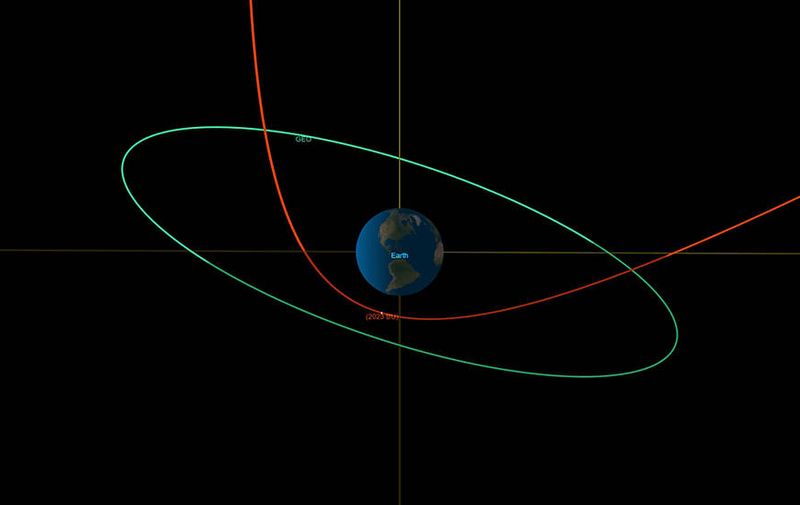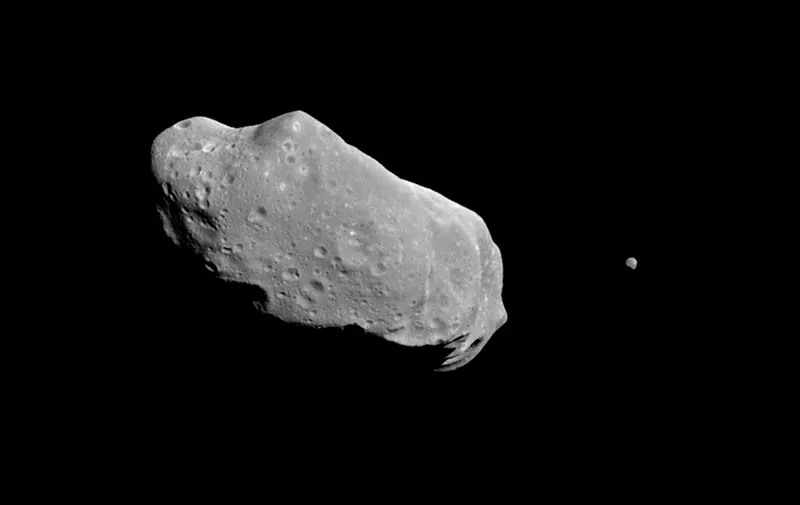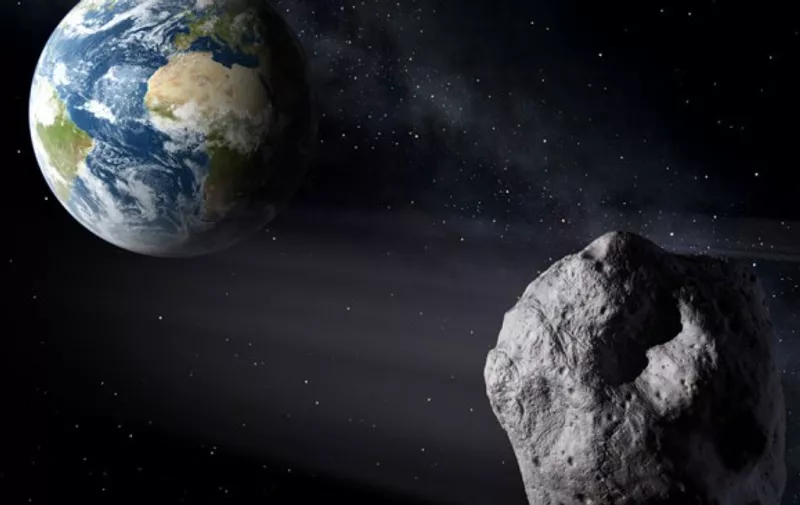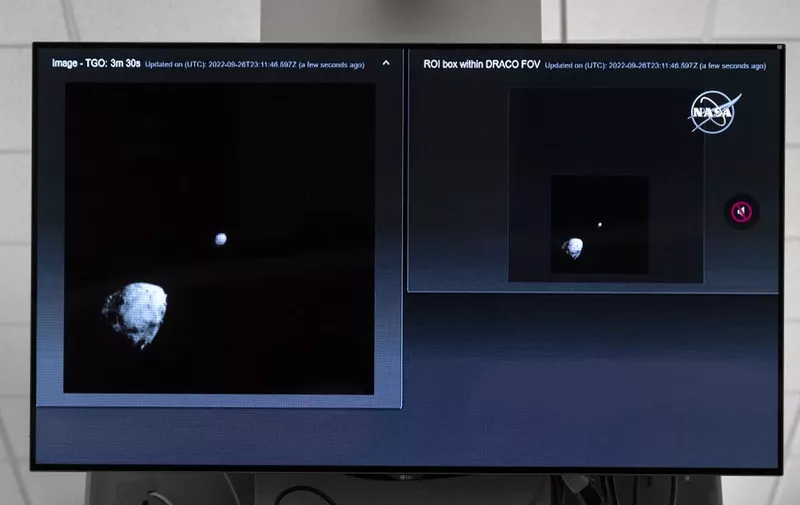Asteroid veličine kombija za nekoliko će sati proletjeti vrlo blizu Zemlje, bliže nego li lete neki sateliti
Asteroid je prije nekoliko dana otkrio astronom amater s Krima

Asteroid veličine kombija u narednim satima bi trebao proletjeti pokraj Zemlje i to će biti jedan od najbližih susreta s nebeskim tijelom ikada zabilježenih, objavila je američka svemirska agencija NASA.
Nebesko tijelo naziva 2023 BU u petak u 01:27 po hrvatskom vremenu doći će do svoje najbliže točke Zemlji. Tada će projuriti pored južnog dijela Južne Amerike, na visini od samo 3600 kilometara. NASA-ini znanstvenici uvjeravaju da ne postoji opasnost od udara.
Usporedbe radi, geostacionarni sateliti nalaze se oko 35 tisuća kilometara iznad Zemljine površine, a Međunarodna svemirska postaja na 400 kilometara. Čak i da 2023 BU krene prema Zemlji, njegov veći dio bi izgorio ulaskom u atmosferu s obzirom na njegov mali promjer od 3,5 do 8,5 metara, priopćila je NASA.
Otkrio ga astronom amater s Krima
Asteroid je prije nekoliko dana otkrio astronom amater Genadij Borisov u zvjezdarnici Margo na Krimu. Borisov se već proslavio 2019. kada je pomoću teleskopa iz kućne radinosti otkrio komet koji je prošao kroz Sunčev sustav na putu iz dubokog svemira. Komet se od tada zove 2I/Borisov.
Znanstvenici su u blizini Zemlje identificirali oko 27 tisuća asteroida, uključujući njih oko 10 tisuća s promjerom većim od 140 metara. Nije poznato kreće li se ijedan od njih izravno prema Zemlji u doglednoj budućnosti.
NASA je u listopadu prošle godine udarom sonde po prvi put uspjela promijeniti smjer kretanja asteroida, što je bio prvi pokušaj čovječanstva da postavi obranu planeta.




